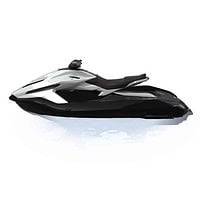
Where to buy Taiga Orca Electric Jet Ski:
Taiga Motors
It’s the first all-electric jet ski: the Taiga Orca.
Designed for the eco-concsious rider and those who appreciate less noise when ripping over the water, this is part of a growing market for PWC running on alternative power.
The Orca is equipped with a large-capacity battery and rapid charge time to maximize time on water. There are only a couple electric jet skis available right now, but there are several promising models on the way. The Orca represents the way of the future.
Taiga was recently purchased by green-marine entrepreneur Stewart Wilkinson, ensuring Taiga’s future and better infrastructure to come.
Things we like:
-
Super lightweight
-
Has not motor noise as it is electric
-
No fuel or engine maintenance
-
Environmentally friendly
-
Has an impressive use time
-
Good company support
Things we don't like:
-
Range of 60km (37mph)
-
Lacking infrastructure for charging

Where to buy Taiga Orca Electric Jet Ski:
Taiga Motors
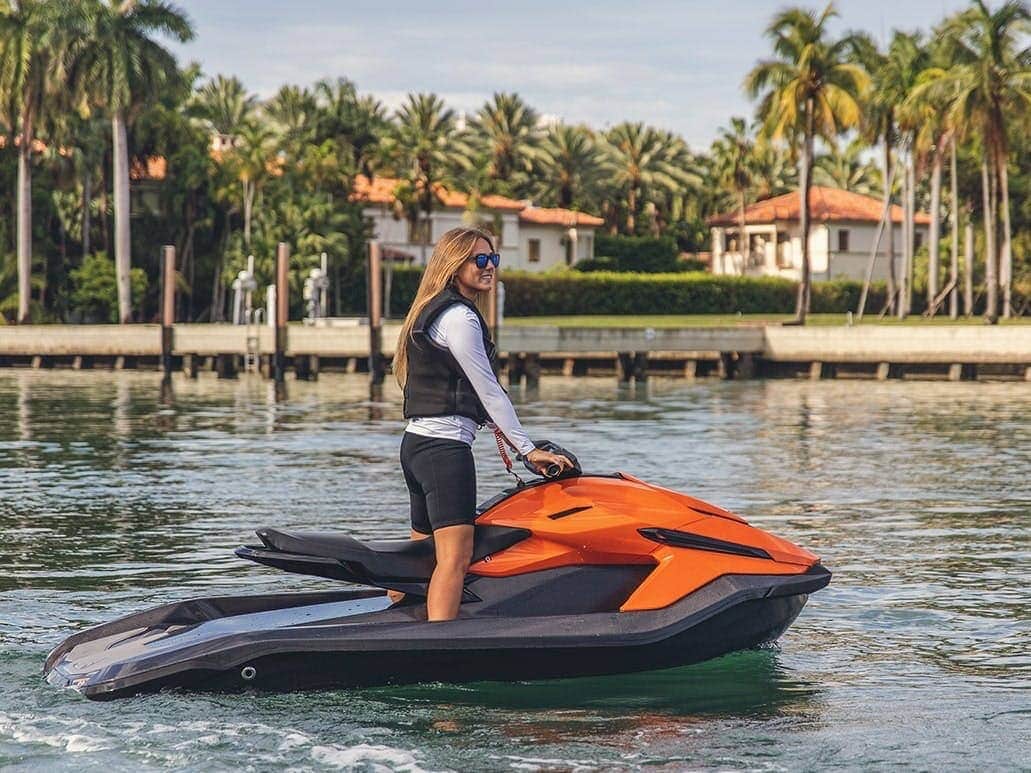
Unicorn of PWC
Taiga is the first electric personal watercraft. Like the few electric jet skis on the market, there are certain advantages and disadvantages worth noting (read more below). But the Orca is the essence of a sea change, an innovation that hopefully will inspire other outliers to excel.
All versions of the Taiga Orca are equipped with an electric motor and lithium-ion battery that lasts for around two continuous hours. With its standard SAE J1772 charging port, it takes about 2-3 hours for a full charge.
SAE J1772 is standard for electric vehicle charging in North America, so you can charge it from any public level 2 charging station. You can just plug it into a wall outlet if they’re all occupied.
- Battery: 25kWh Capacity
- Power: 180hp
- Length: 117.6”
- Weight: 588lbs
- Top Speed: 62mph
- Hull Material: Carbon Fiber
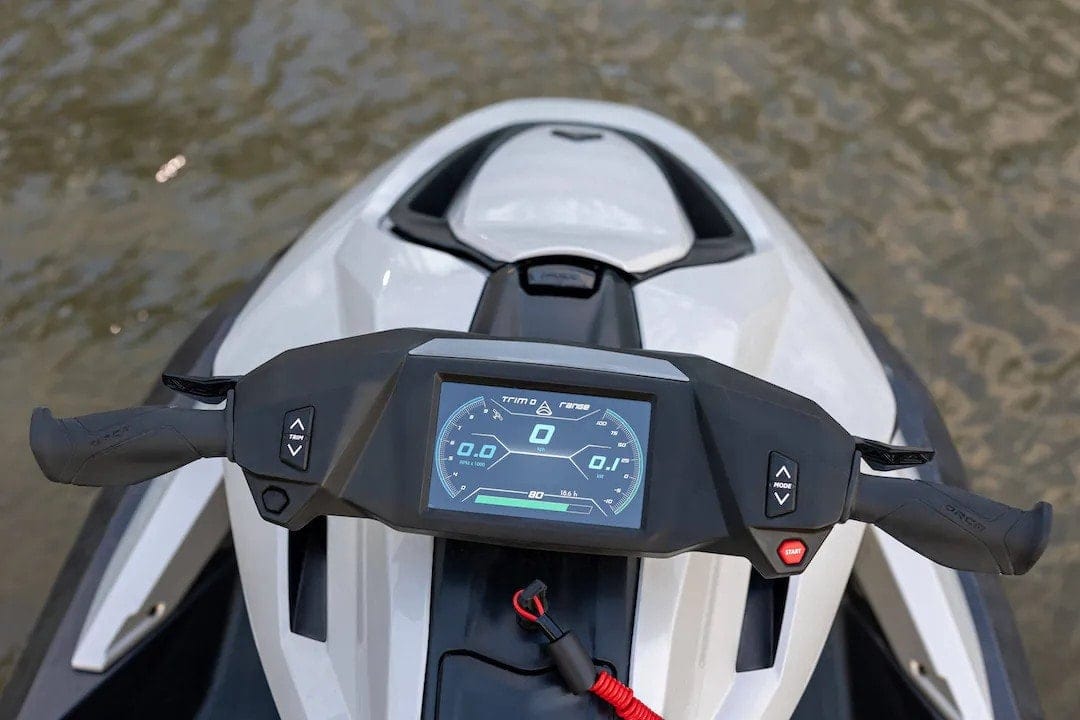
Each model is equipped with a 7-inch color touchscreen display with GPS navigation. The display also shows information like speed, battery status, time and distance until battery depletion, water and air temperature, and current time.
Riders can set custom parameters such as top speed and acceleration. The display is where the rider can swap between different riding modes.
All variants come with two selectable modes to choose from, the Sport and Eco mode. The Sport mode removes parameters and delivers maximum power and acceleration. The Eco mode focuses on a more sustainable ride, conserving battery life and maximizing time on the water.
The rider can connect to the Orca’s display through Bluetooth. This wireless connectivity enables remote maintenance like checking for software updates and battery life. This feature will also allow the rider to answer phone calls or text messages.

Additionally, owners can use the Taiga Motors mobile app to track performance metrics and receive notifications.
One of the most useful stock features is the Orca’s automatic bilge pump. The pump self-regulates and uses an impeller to remove water that accumulates in the hull.
To conserve energy, each version of the Orca offers regenerative braking. When the rider applies the brakes, the motor acts as a generator as it converts the kinetic energy of the jet ski’s motion into electric energy to be stored in the battery. Not only does this help to recharge the battery and extend the time you can spend on the water, but it provides a smoother and more controlled braking system than other jet skis.
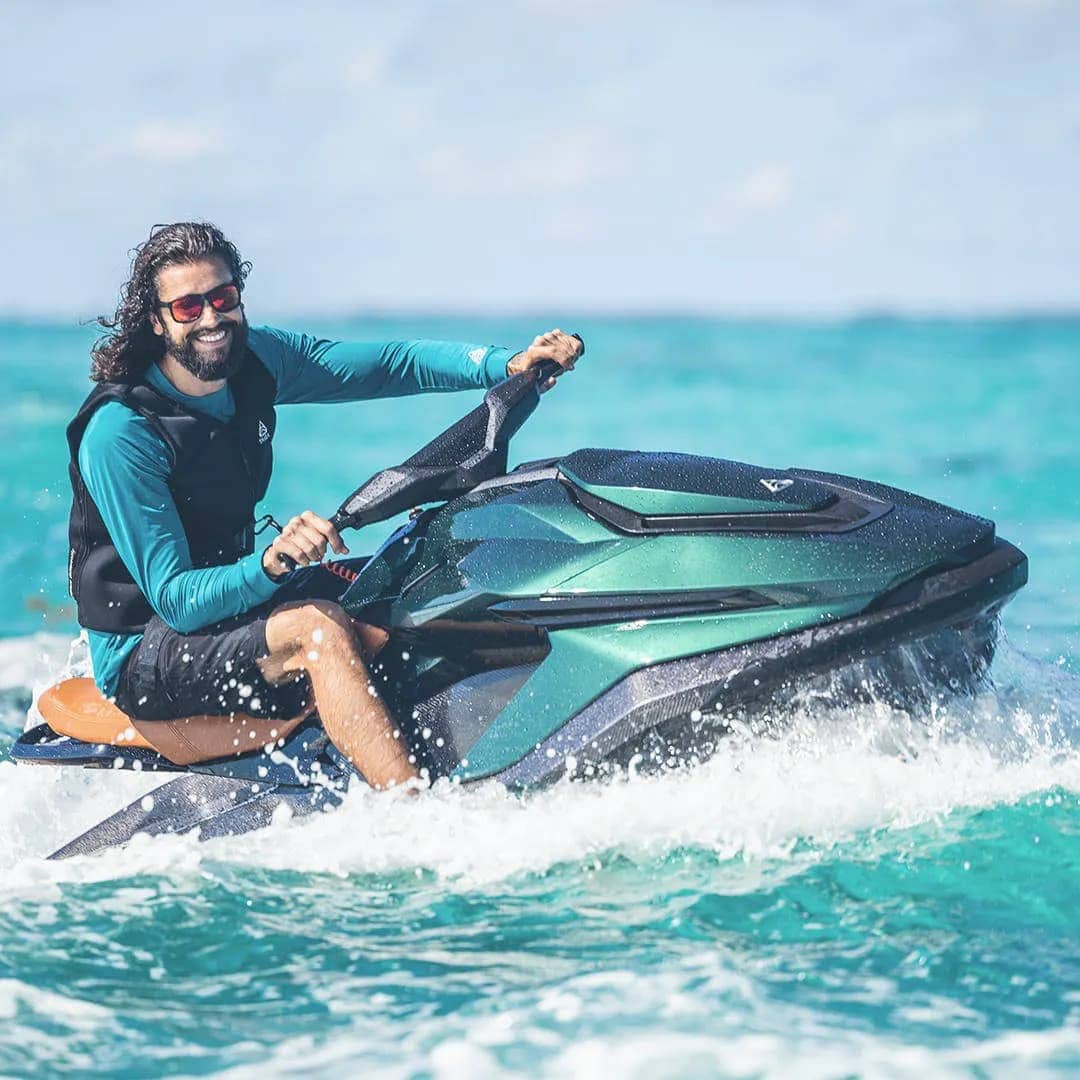
Let’s take a closer look at what each version of the Orca has to offer, building on the standard features that come with all models.
The Sporty Electric
The Sport variant of the Taiga Orca is basically the stock model. It’s not better than the other two options. It’s comparable to a Kawasaki STX 160 in many ways. It’ll impress as a fun, quite PWC.
Its engine produces 90 horsepower, which delivers a top speed of 56 mph. There is nothing that sets this variant apart from the others. It includes each of the basic features listed above. The average price for the Sport variant starts at $17,499.
The Performance Variant
This version produces 160 horsepower and offers another quick-charging option. The level 3 charging is optional but is certainly worth the investment as it can charge the Orca from 0%-80% in 20 minutes.
This version differs from the sport version in that it includes a third riding mode, “wild” mode. Wild mode was made for those who want to push their machine to the limits. Wild mode may sound like sport mode, but it differs in its power delivery. While in wild mode, the motor controller adjusts the electric motor’s power output to provide more torque to the impeller.
With the added torque, the motor responds with maximum power immediately, giving the Orca a much quicker acceleration. We think that over-the-air upgrades are definitely something people will consider. The starting price for the Performance model is $19,490.
The Lighter, Premium Model
The Carbon model is very similar to the Performance Orca. It has all the same features as the Performance.
The Carbon’s distinguishing feature is that it has a lightweight carbon fiber hull, which is stronger and stiffer than the fiberglass hulls on the Sport and Performance models. With the carbon fiber hull being so lightweight and sturdy, the rider can truly unleash the wild mode. This is the most expensive version, starting at $26,500.
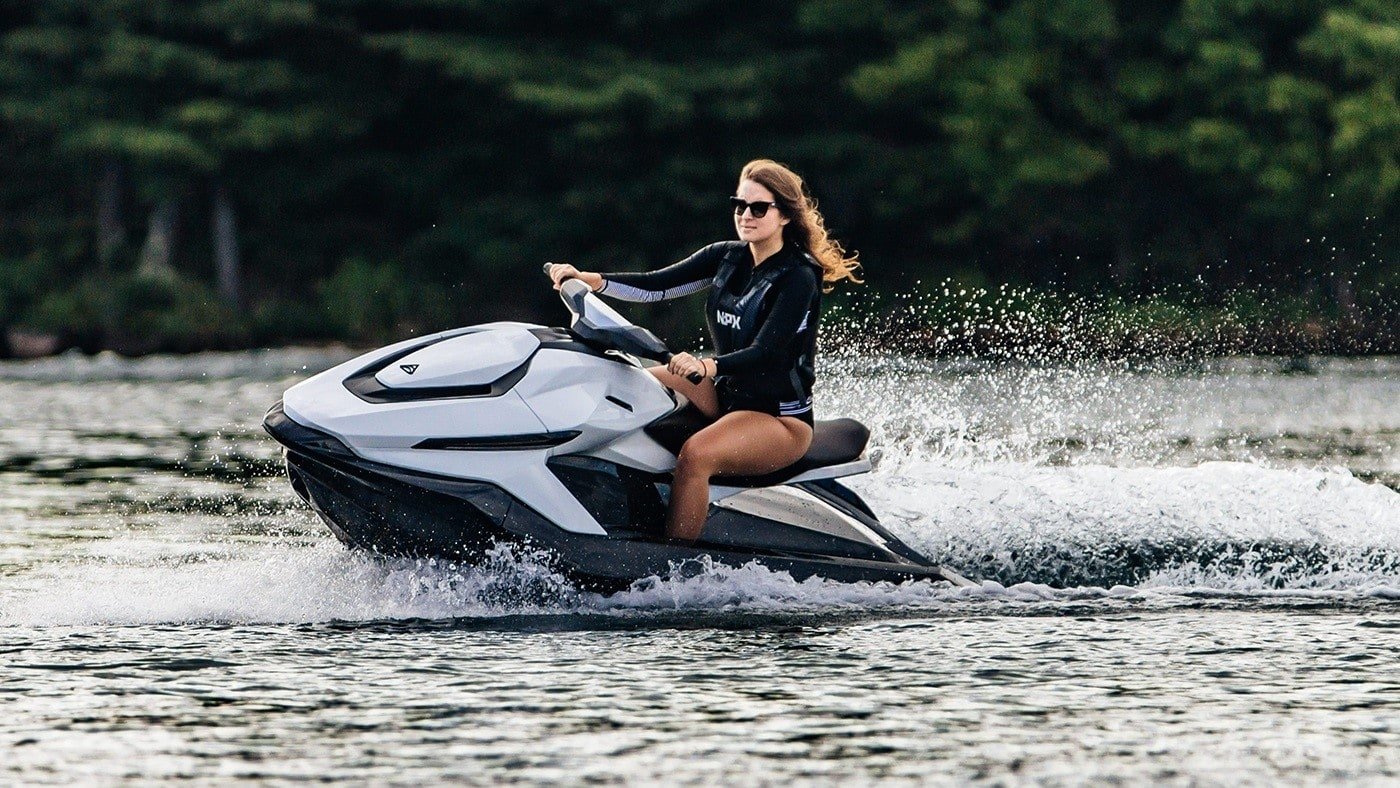
A Quiet, Sustainable Jet Ski
The most alluring benefit of this jet ski is that it is eco-friendly and quiet. That’s an advantage to the rider as much as it is to the entire boating and maritime community.
Powered by an electric motor, the Orca creates zero emissions, making it a more environmentally conscious choice than other gas-guzzling jet skis. Additionally, its electric motor causes almost no noise. This allows the rider to focus on the safety and thrill of the ride. It also makes it easier to listen to music while in use.
The three different options of the Orca offer a suitable choice for any experience. The Sport, Performance, and Carbon models come with unique features to cater to each rider.
New Tech Costs A Bit More
The Orca’s price point is noticeably higher than other jet skis on the market. This, along with its limited availability, may cause it to be difficult to acquire and could drive the cost up even more.
While its charge time is relatively fast for an electric vehicle, it can be an inconvenience to those wanting an immediate experience. Jet skis that rely on gas are much faster with their fueling process, making the Orca a less suitable choice for the rider that values convenience.
The Orca’s towing capacities are decent but are lower than many gas-powered jet skis. Compared to one of the Yamaha FX Cruiser variants, the Orca has less towing performance. As a result, it may not be the best option for riders that wish to primarily use the jet ski for towing activities.
Things we like:
-
Super lightweight
-
Has not motor noise as it is electric
-
No fuel or engine maintenance
-
Environmentally friendly
-
Has an impressive use time
-
Good company support
Things we don't like:
-
Range of 60km (37mph)
-
Lacking infrastructure for charging
Frequently asked questions
Despite a lot of chatter and expectations, Sea Doo does not make an electric personal watercraft. Yet.
About 2 hours.
- Level 1 charge rate: 14 hours.
- Level 2 charge rate: 2-3 hours.
- Level 3 charge rate: About a half hour.
Since there are fewer components than in a gas-powered jet ski, minimal maintenance is required.

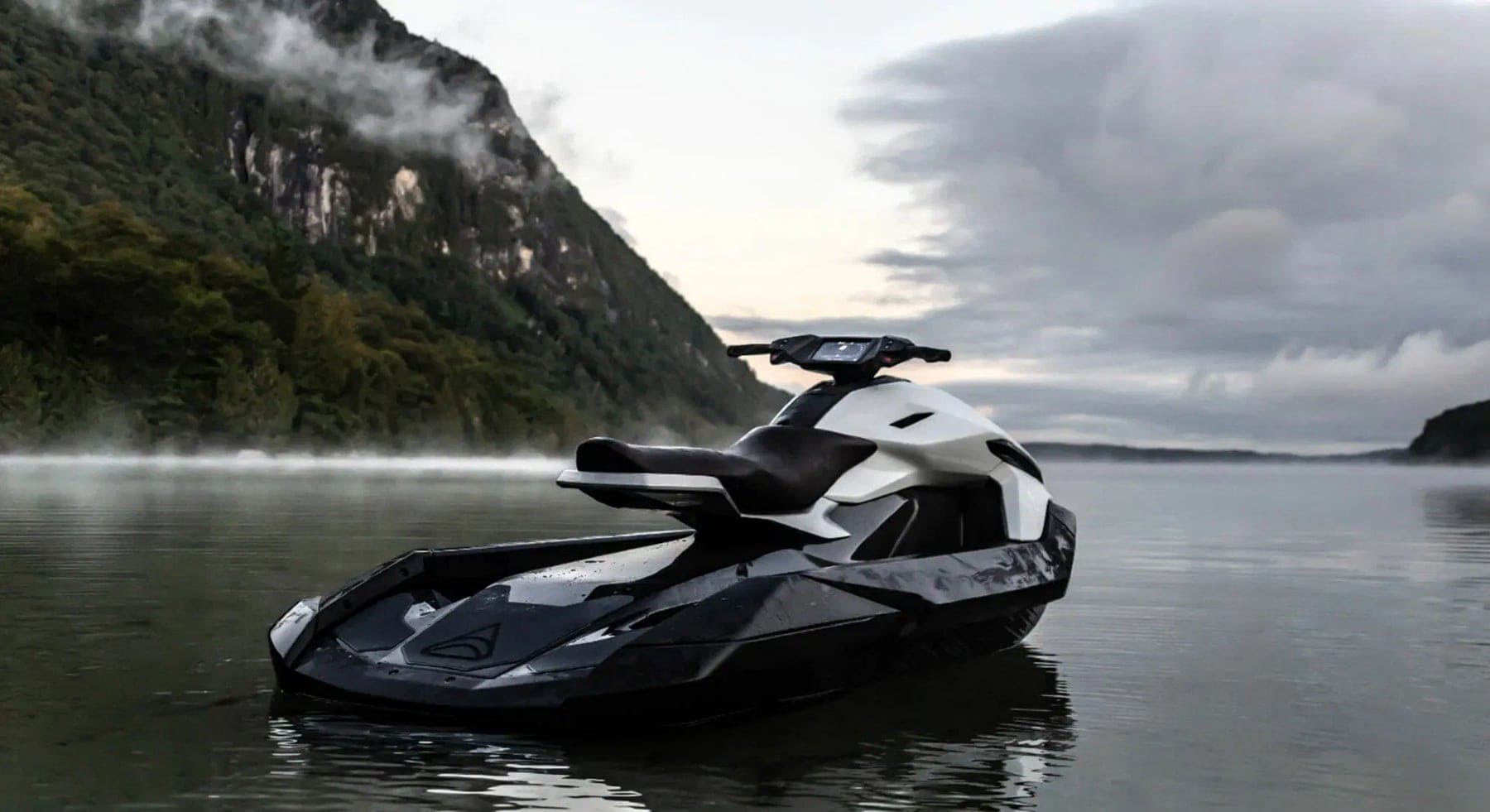



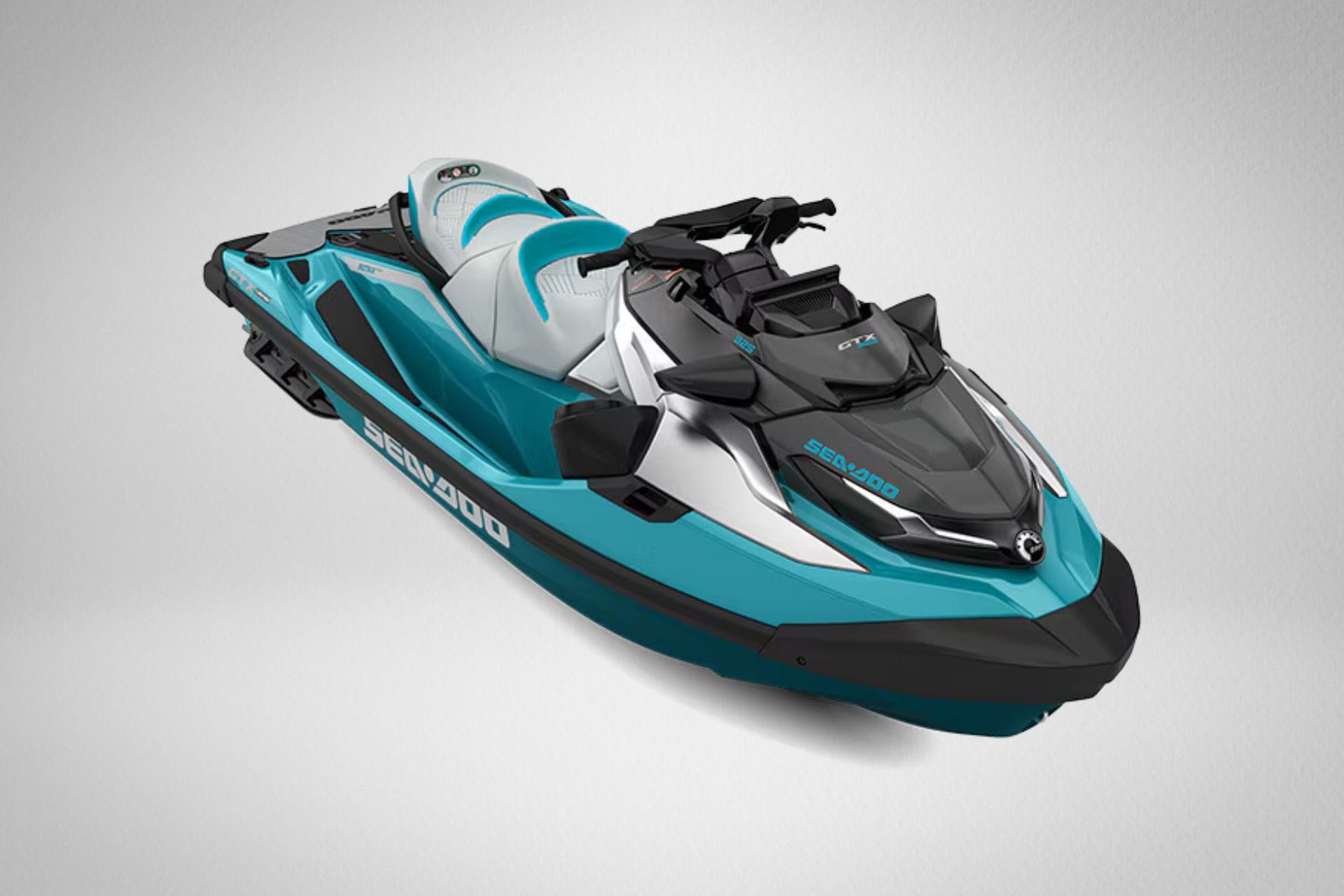
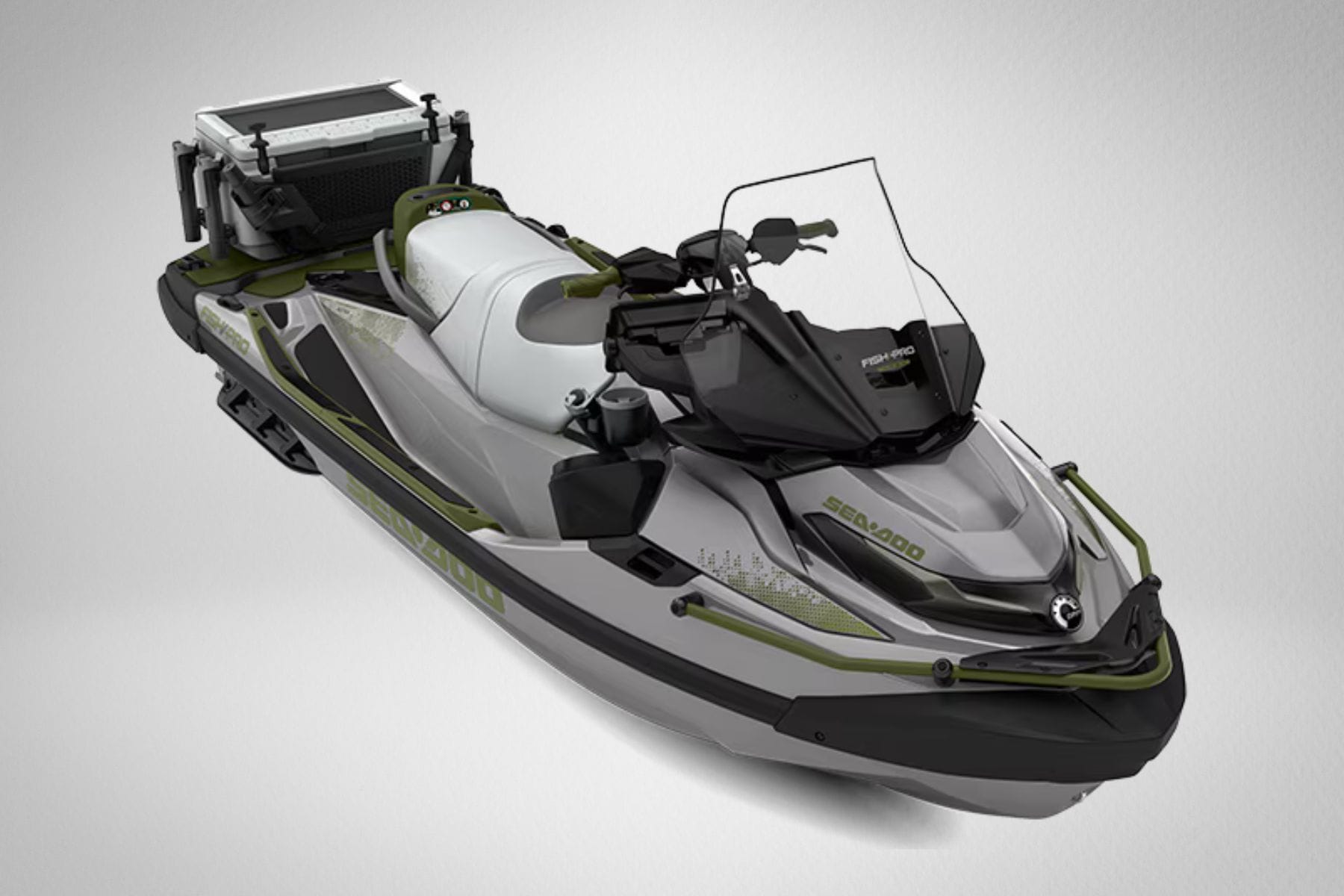
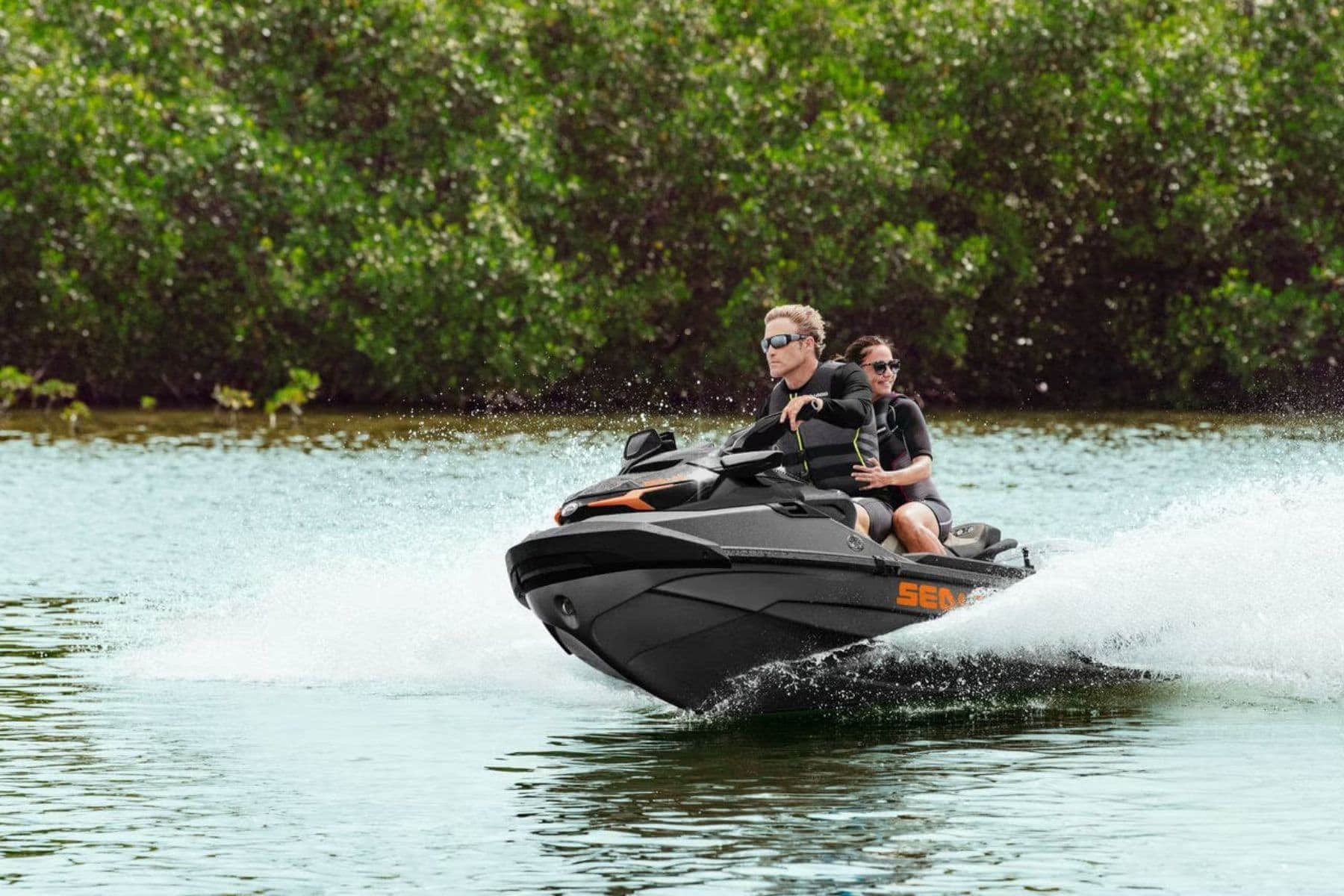
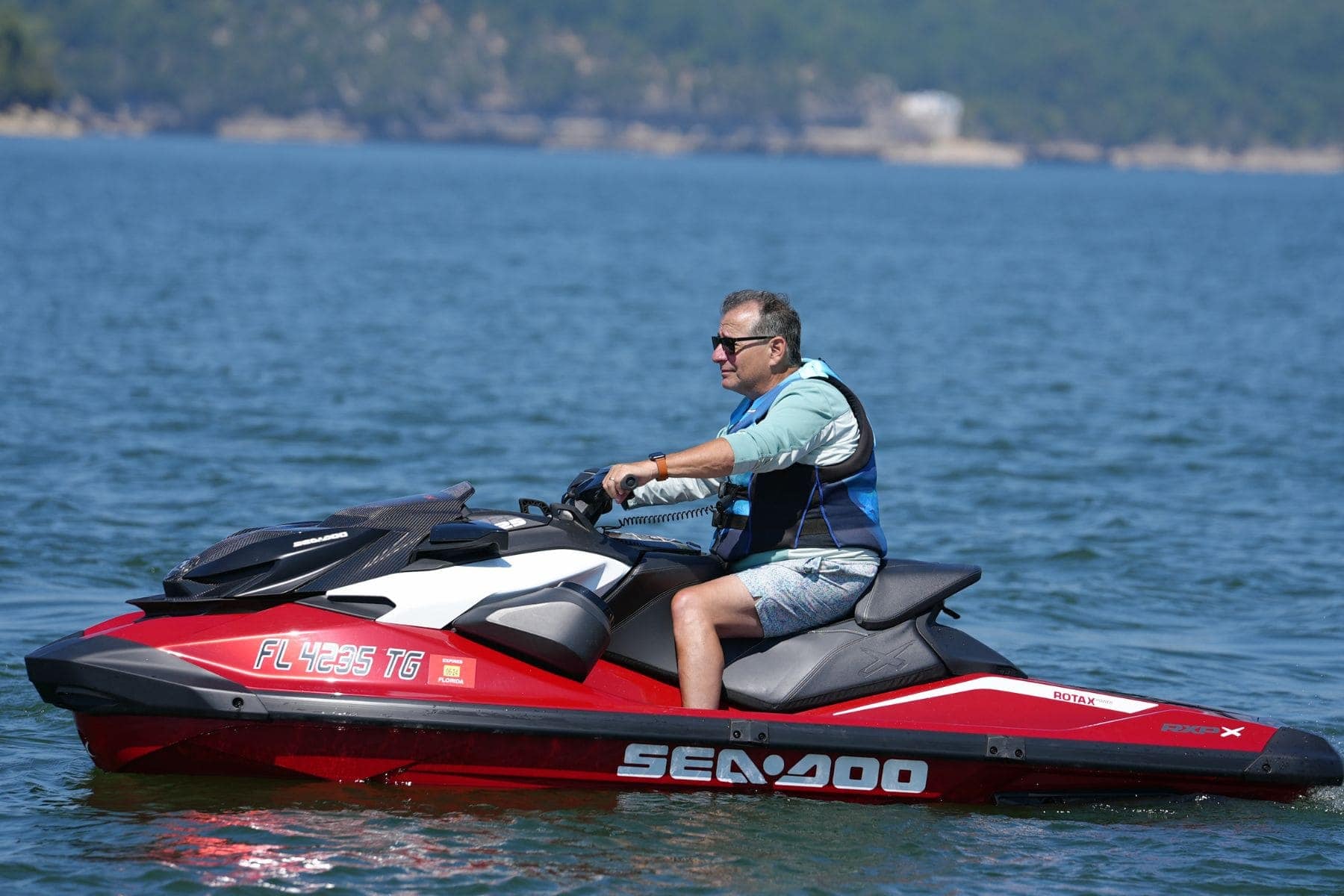
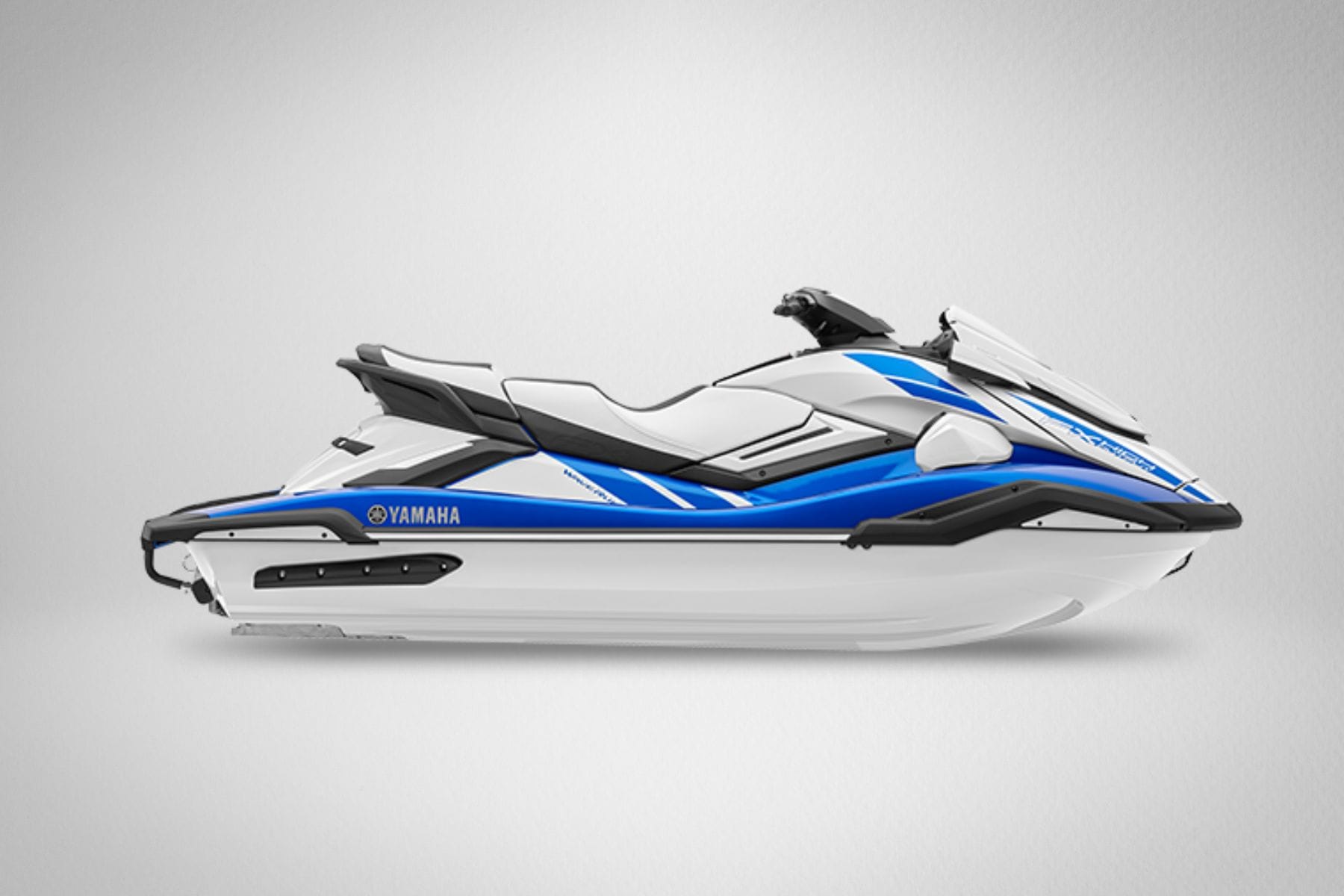
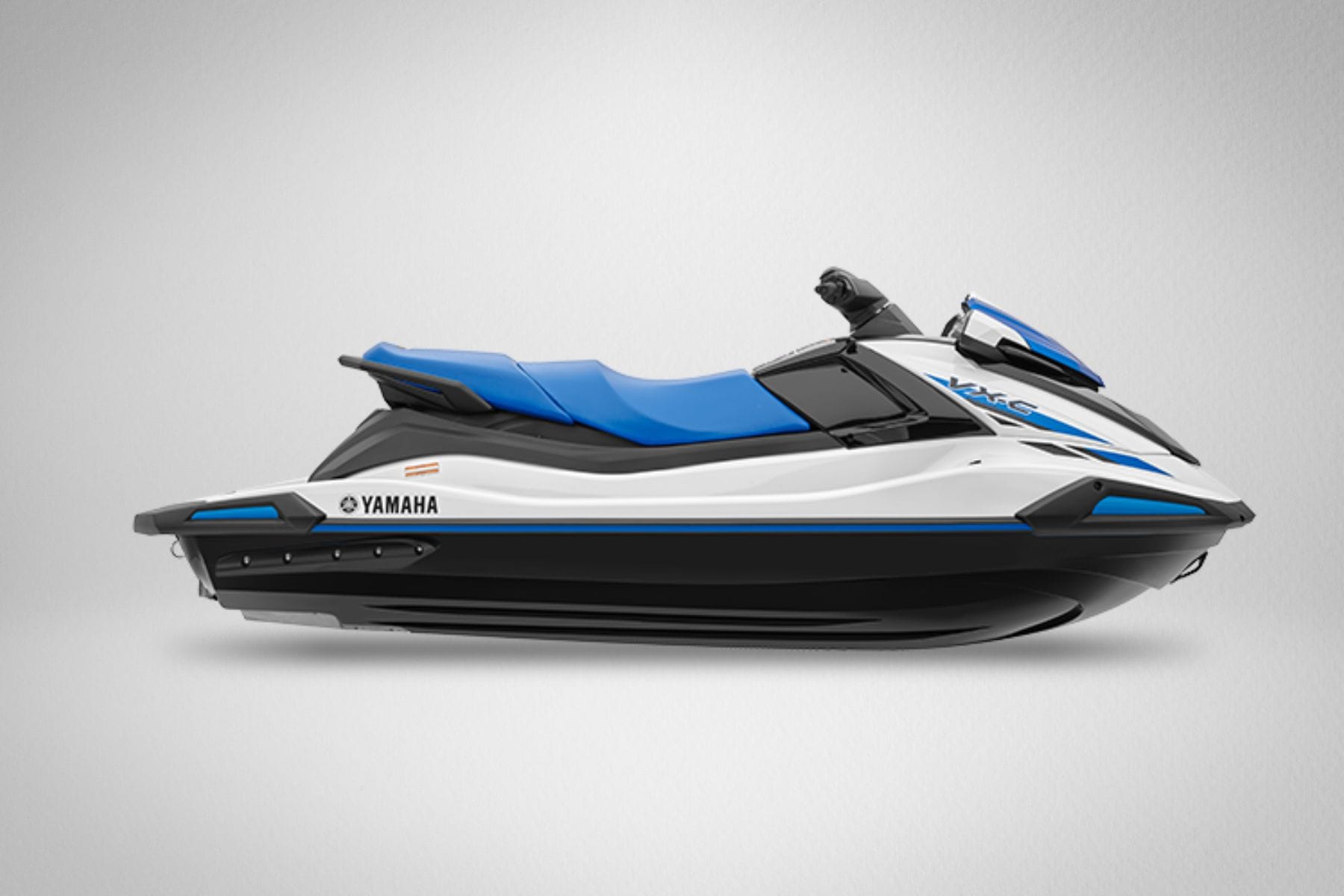
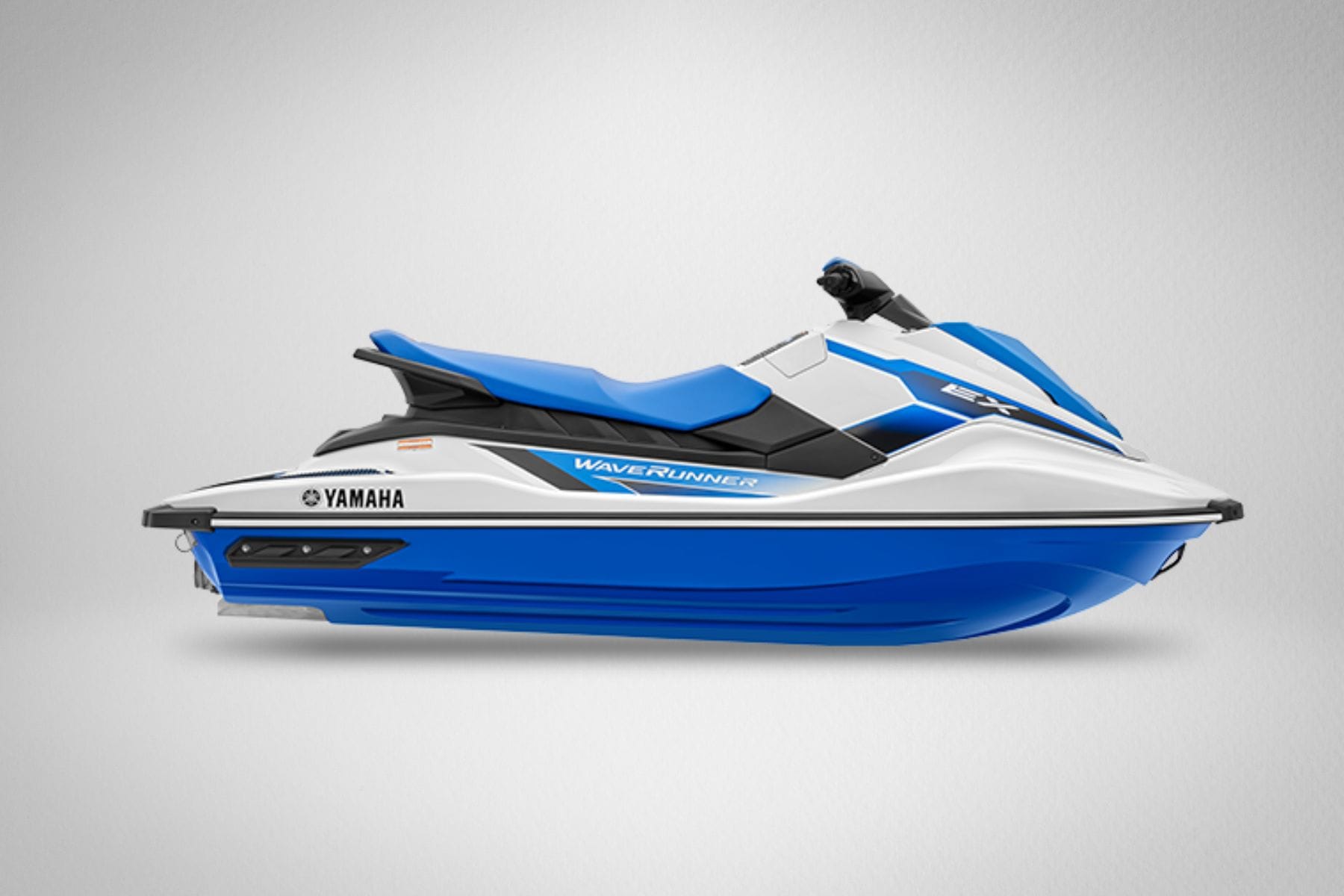
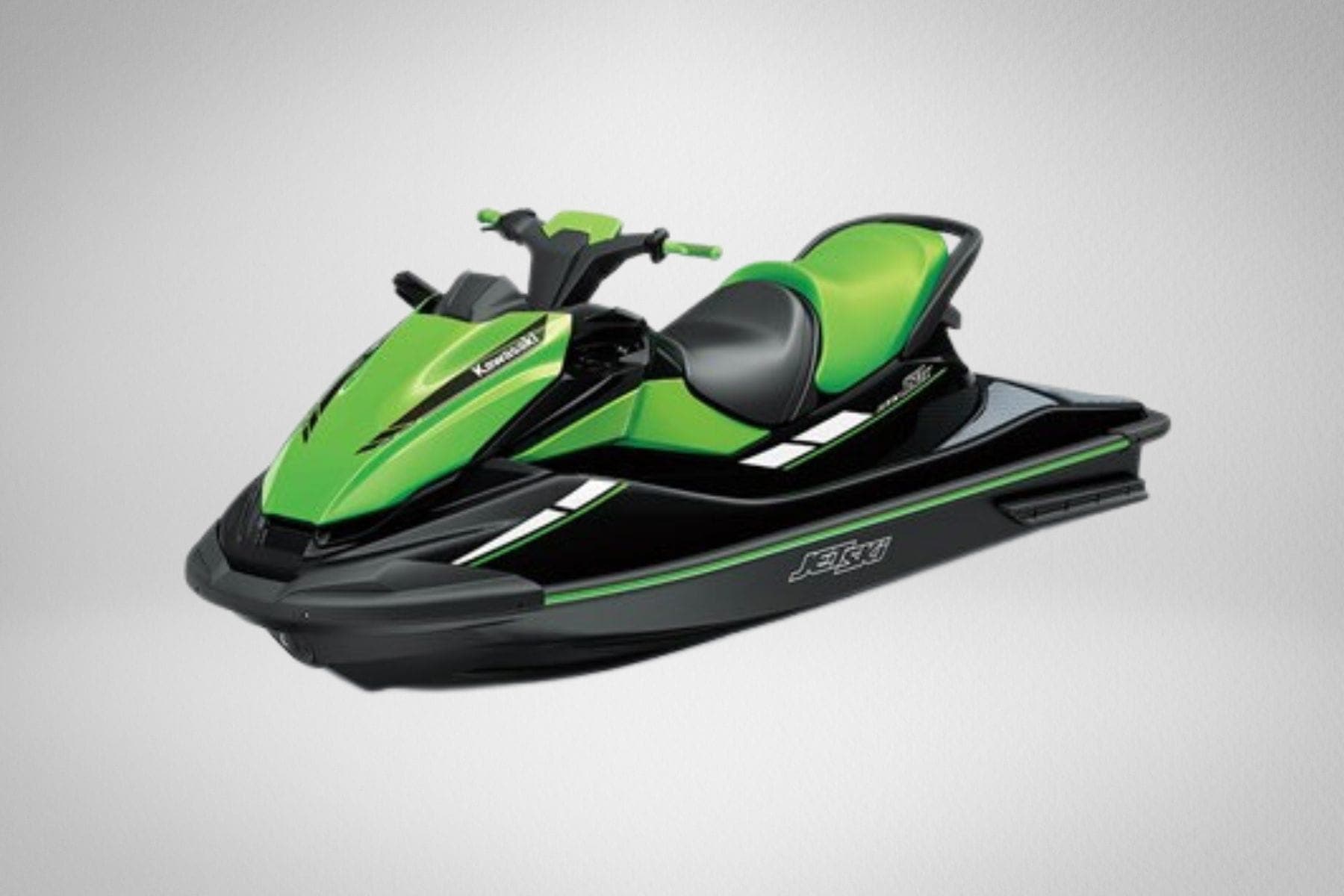
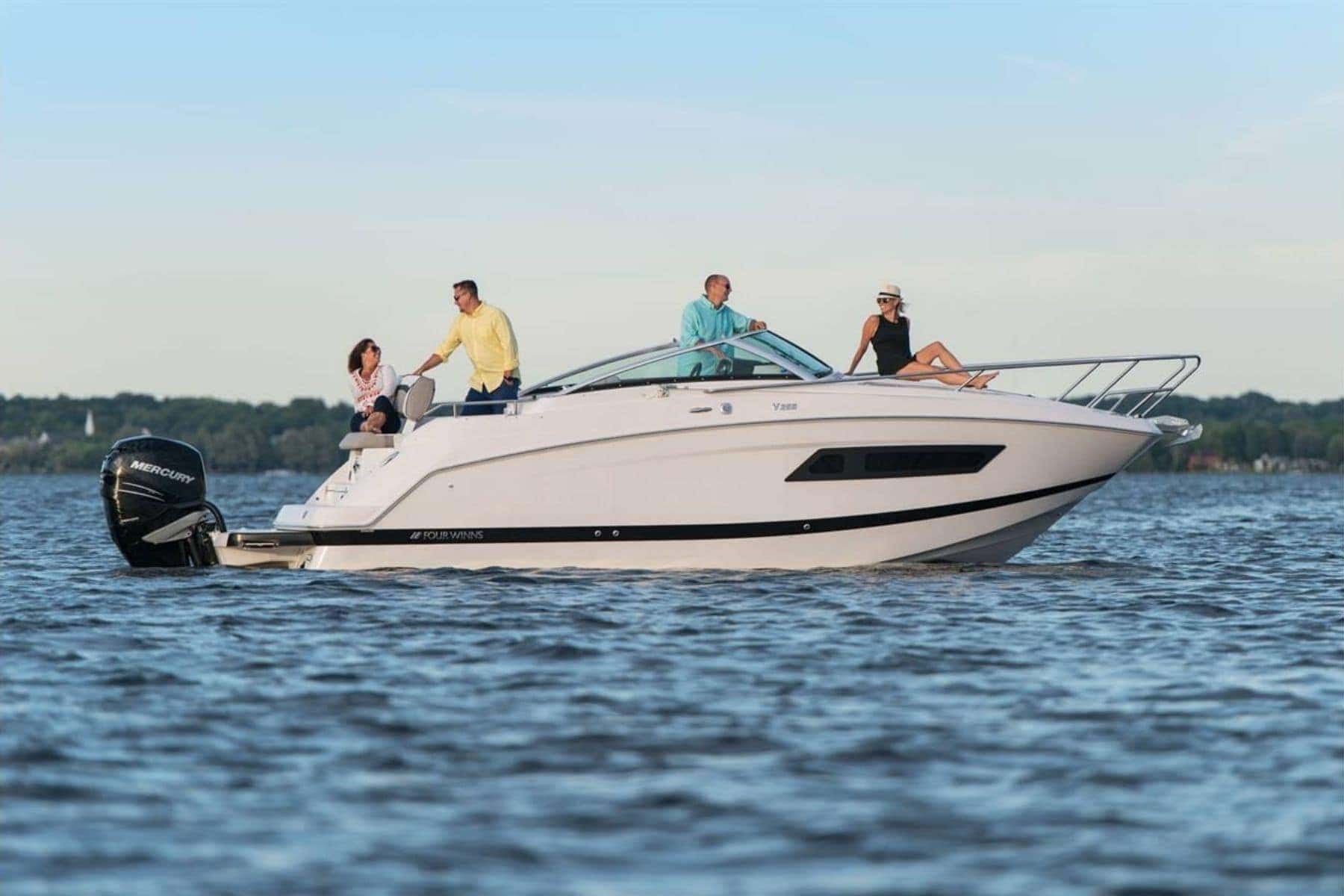
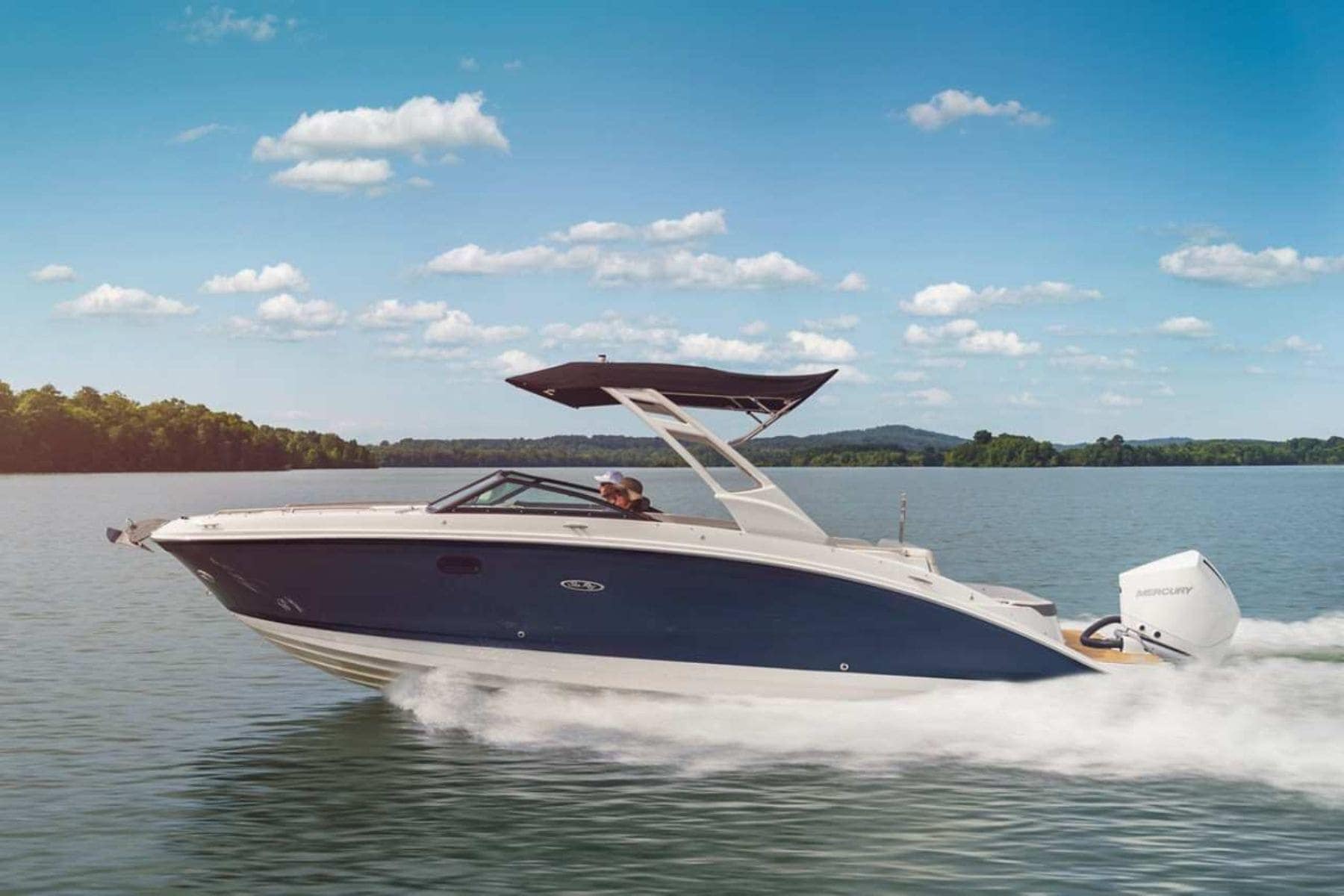
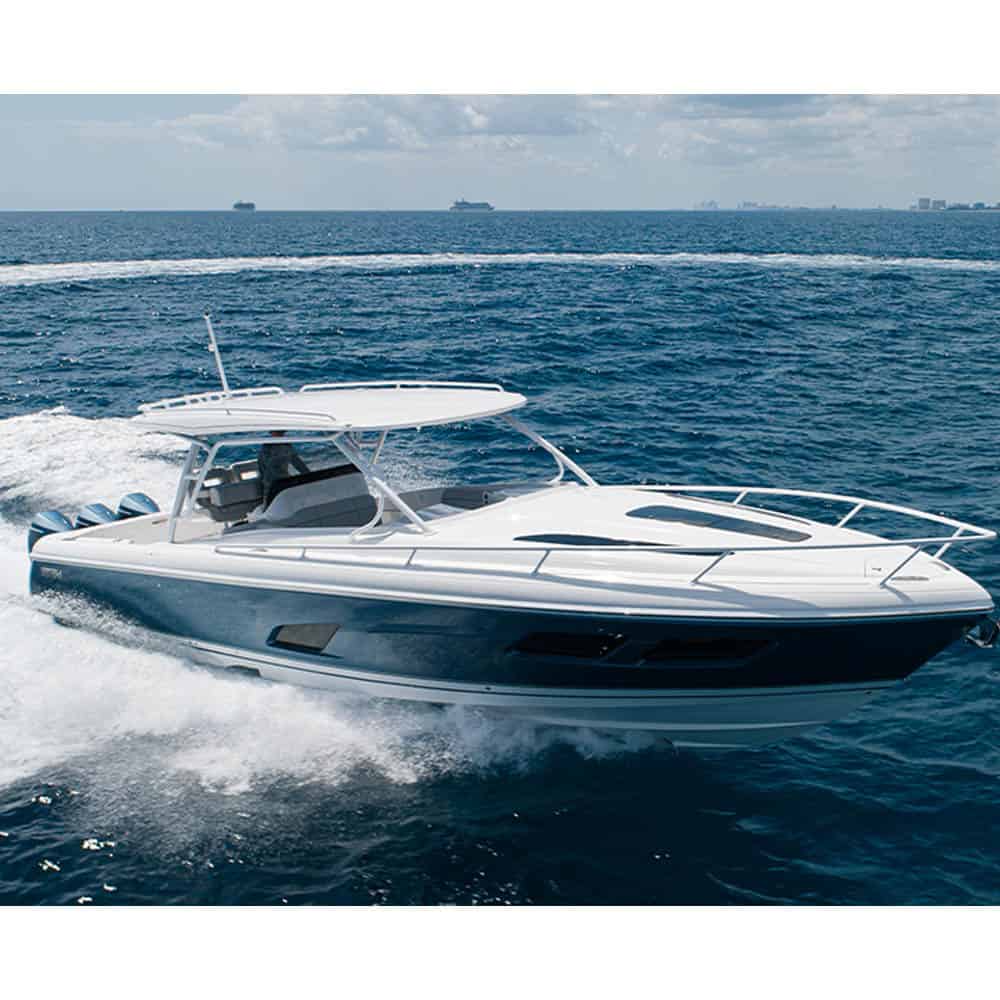
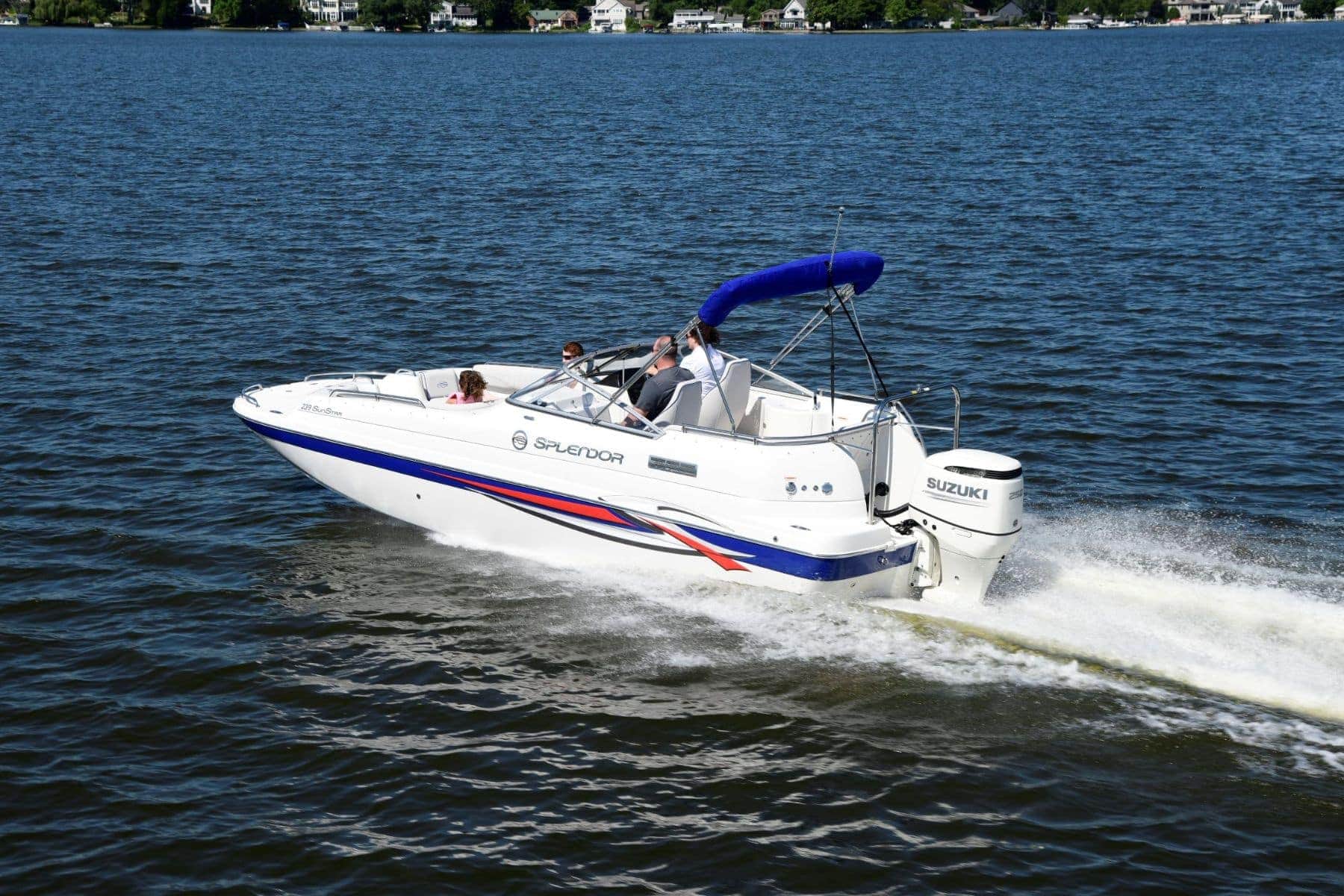
 Back
Back

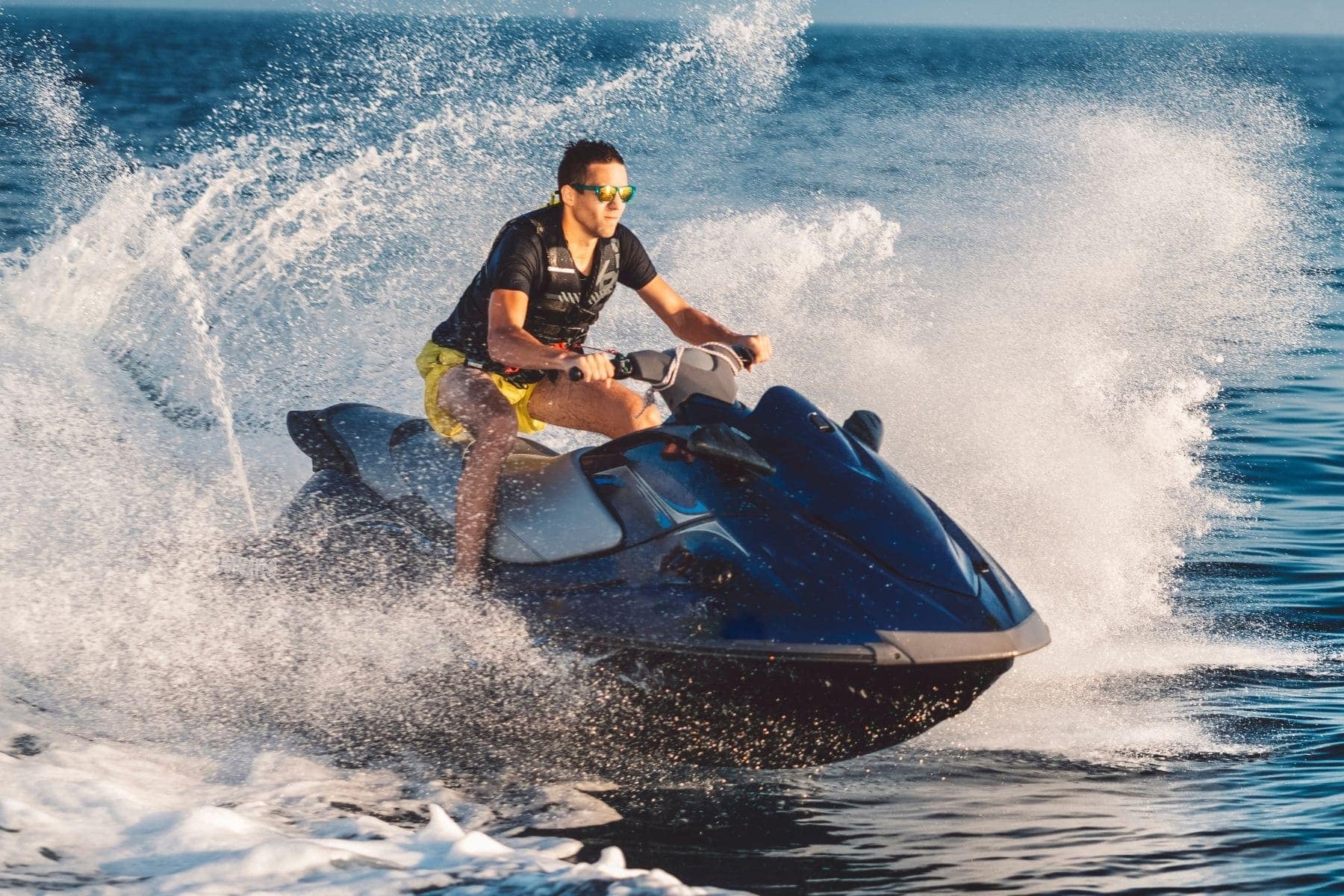

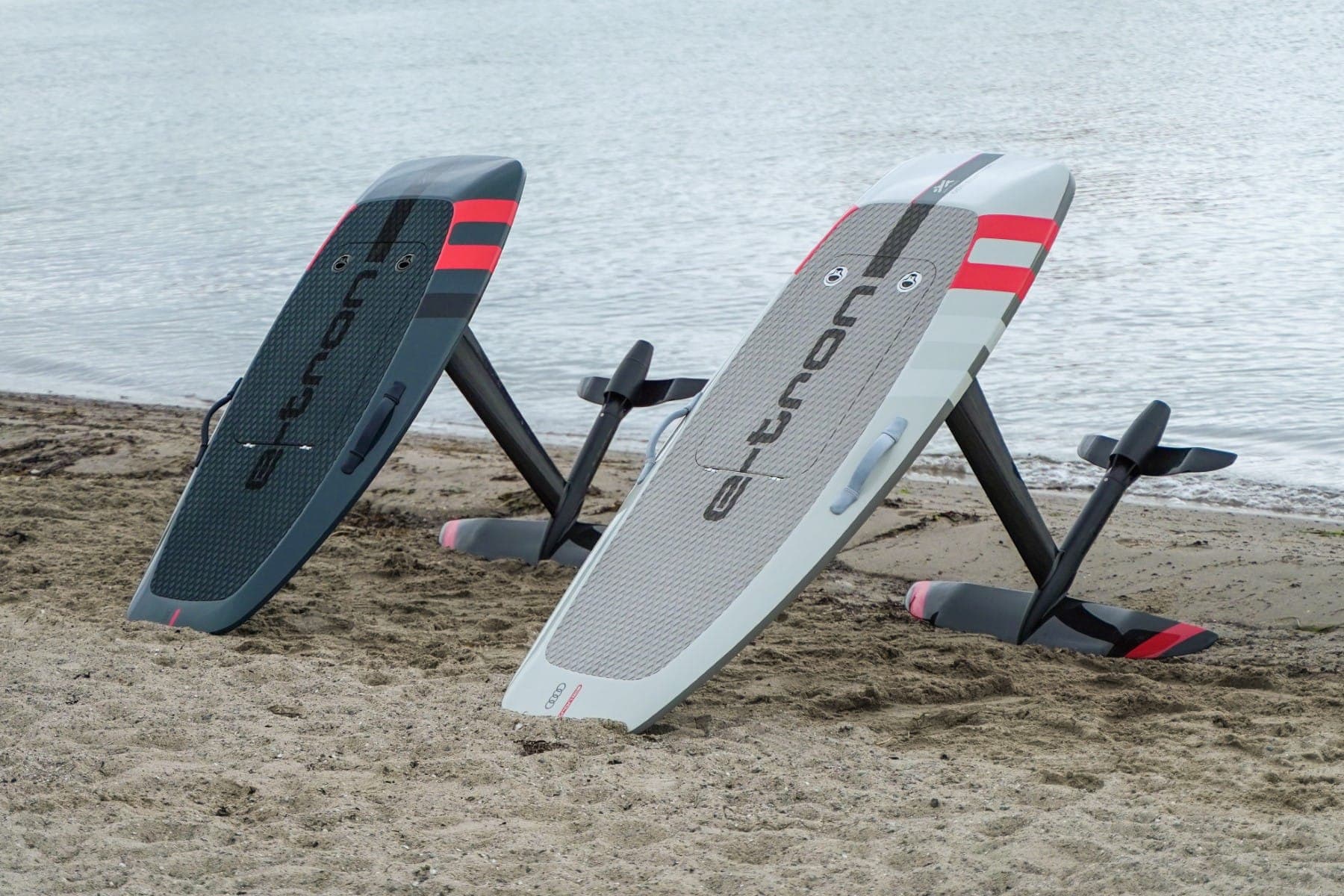
Comments